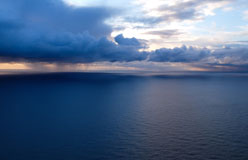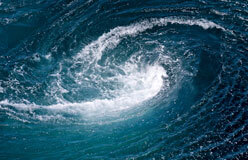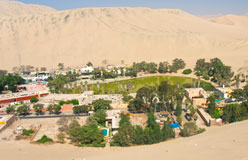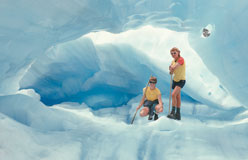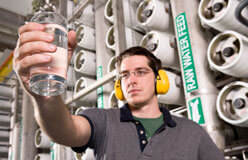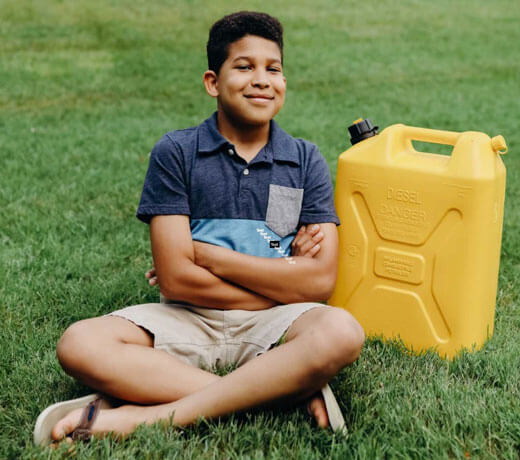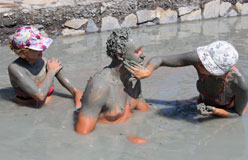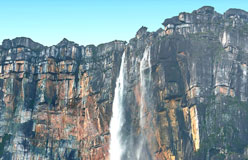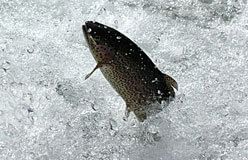Some lemonade is a mixture of lemon juice, water, and sugar.
You know there’s sugar in lemonade, because the drink tastes sweet—but you can’t see the sugar, because it’s completely dissolved.
If you mix together lemon juice, water, and sugar, they form a solution. That’s a mixture in which the different kinds of matter are spread out evenly. In lemonade, water is called the solvent, and the sugar and lemon juice are solutes. A solute is matter that dissolves in a solvent. The solvent is often a liquid, such as water. If a solution consists of different amounts of two liquids, the solvent is the liquid that occupies the majority of the solution.
